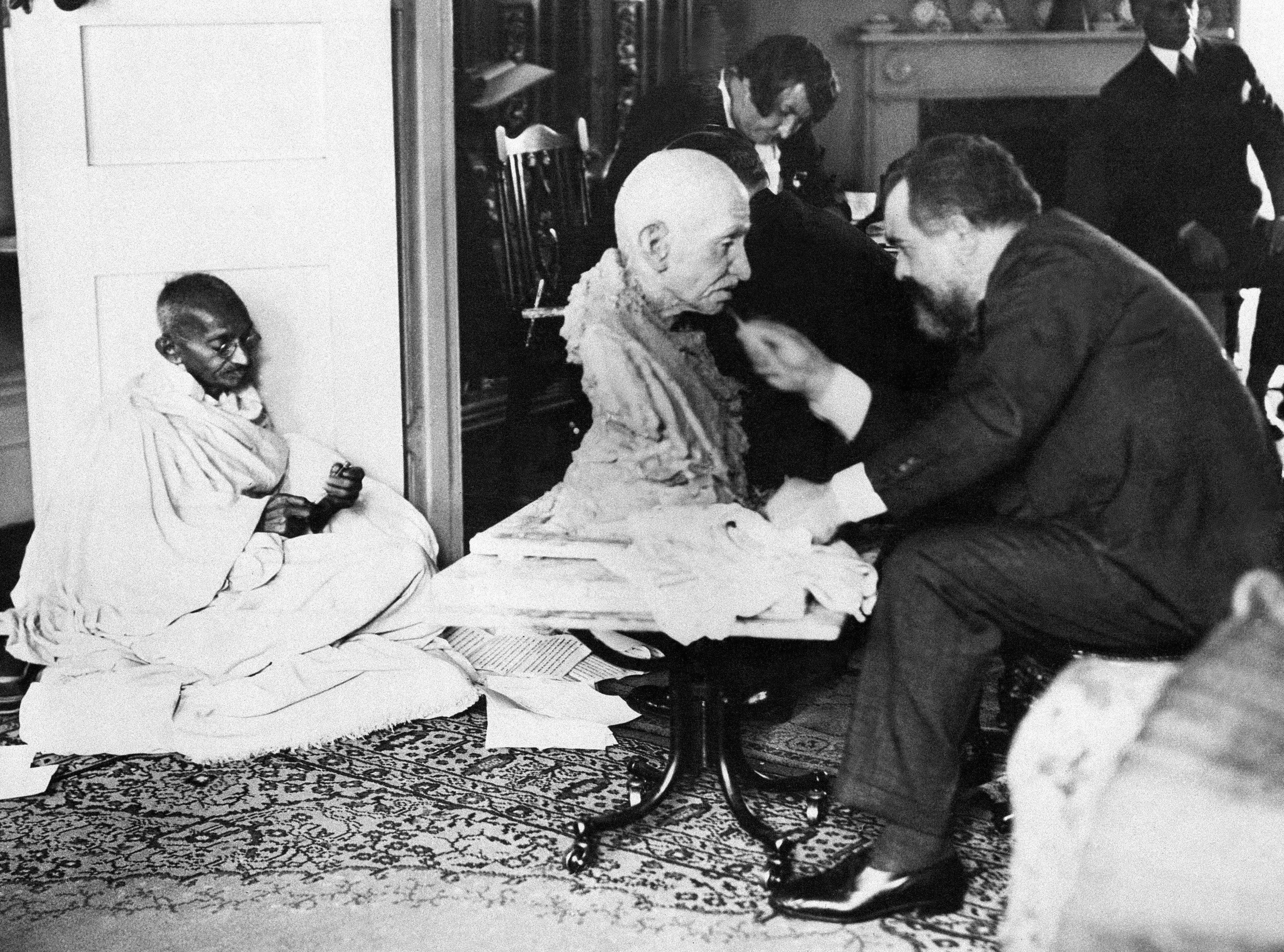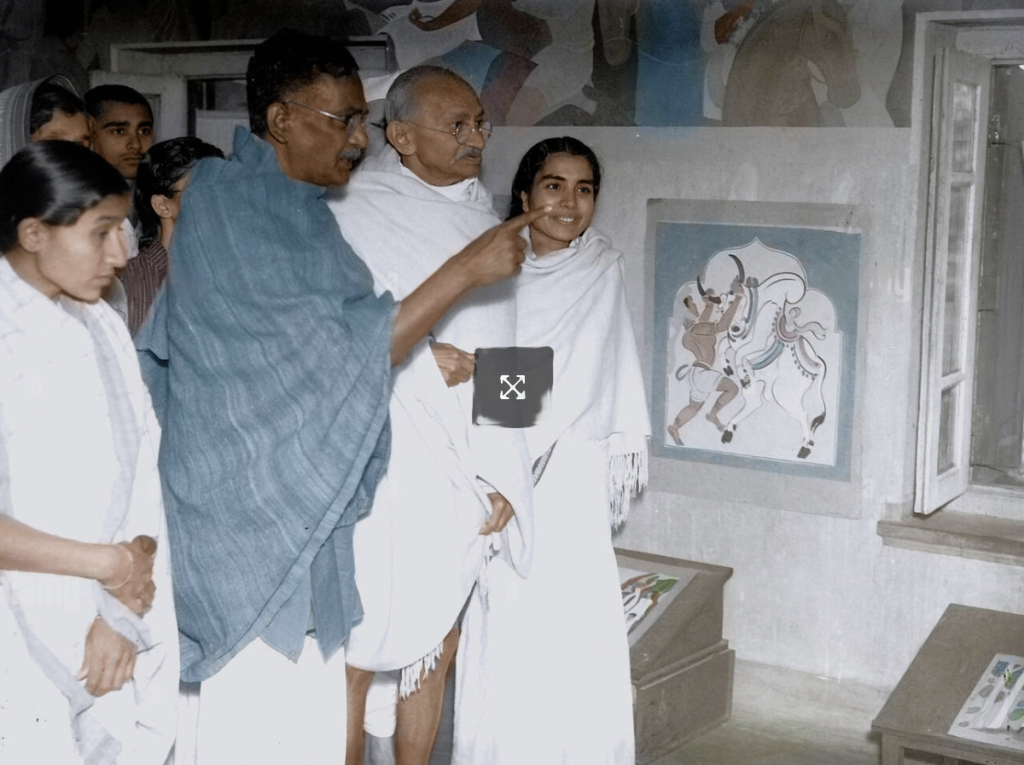Introduction
Artistic expression has always been a mirror reflecting the social, economic, and intellectual milieu of a society. During the Indian freedom struggle, a period marked by intense patriotism and collective efforts under the leadership of great men, art played a significant role in conveying the spirit of the movement. In this essay let’s see how the Indian National Movement influenced contemporary artists and how Mahatma Gandhi himself interacted with and inspired artists during this pivotal period.
The Influence of the Freedom Struggle on Artists
The Indian National Movement had a profound impact on public life, and this influence extended to the world of art. As the movement entered a more organised and radical phase in the late 19th and early 20th centuries, artists began to see it as a subject worthy of their creative expression. They viewed their art as a form of service to the “Swadeshi” and the national cause.
Gandhi as an Icon in Art
Mahatma Gandhi, a central figure in the Indian National Movement, became an endearing subject for artists. From the early days of his involvement in the freedom struggle, artists were drawn to portray him in various forms. Some artists had the privilege of capturing his likeness directly, while others created portraits based on photographs and their impressions of him.
Nandalal Bose’s Perspective
Renowned artist Nandalal Bose, associated with Santiniketan, eloquently articulated the inspiration artists drew from Mahatma Gandhi. He saw Gandhi not just as a political leader but as a true artist in his ability to shape his own personality and transform others according to his high ideals. Bose’s encounter with Gandhi in 1918, during which he created a portrait, marked the beginning of a close relationship between art and the freedom struggle.
Artists’ Encounters with Gandhi
Artists such as Mukul Dey and K. Venkatappa had personal interactions with Gandhi, further fuelling their creative pusrsuits Gandhi’s simple lifestyle and profound convictions left a deep impression on these artists. Mukul Dey’s depiction of Gandhi’s arrest during the Dandi March, titled “The Midnight Arrest,” captured the significance of the moment.
International Artists and Gandhi
Even international artists recognized the importance of Gandhi’s role in the Indian National Movement. American sculptor Jo Davidson, while creating a sculpture of Gandhi during his visit to London for the Round Table Conference in 1930, marveled at Gandhi’s expressive face and his ability to remain amiable during the sculpting process.

Gandhi’s Aesthetic Philosophy
Gandhi did not see art as a mere aesthetic pursuit but as a medium for conveying religious and moral values. He believed that true art should have a spiritual dimension and a purpose beyond mere ornamentation. His association with artists like Nandalal Bose was grounded in this philosophy.
Nandalal Bose’s Contributions
Nandalal Bose played a pivotal role in integrating art with the Indian National Movement. He decorated Congress pavilions and exhibitions with themes drawn from Indian rural life, promoting the idea of a “new national art for the people.” His “Haripura Posters” exemplify this approach, reflecting Gandhian aesthetics and the ethos of the freedom struggle.
Conclusion
Artists and their creations played an integral role in conveying the essence of the Indian freedom struggle. Mahatma Gandhi’s influence on art and artists was substantial, as he encouraged them to infuse their work with meaning and purpose. The artists of that era not only depicted history but also contributed to the transformation of a nation, making art a powerful tool in the fight for freedom. Gandhi’s legacy lives on in their creations, reminding us of the close bond between art, activism, and the spirit of a nation’s struggle for independence.
Feature image: Mahatma Gandhi Kala Bhawan with Nandalal Bose, Santiniketan, West Bengal, India, Asia, December 19, 1945 | Courtesy: Dinodia Photos / Alamy Stock Photo

Contributor





